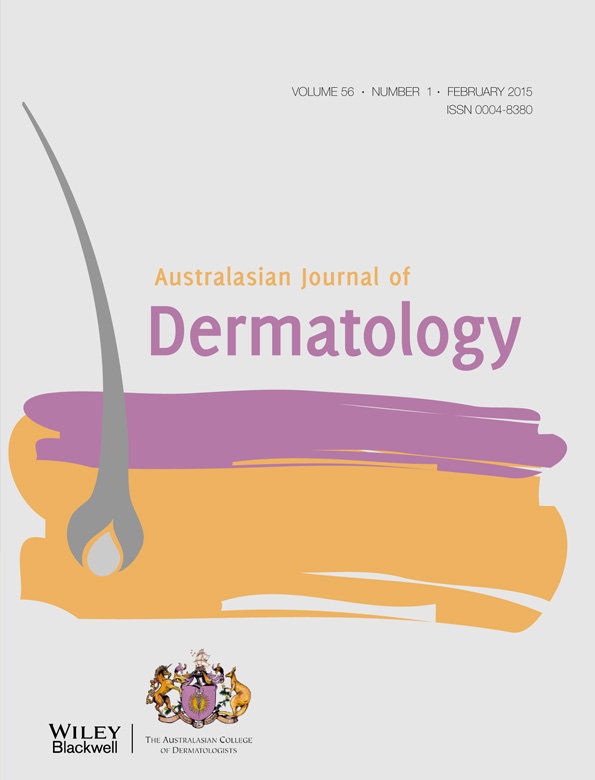Acute cutaneous graft-versus-host disease resembling type II (atypical adult) pityriasis rubra pilaris
Abstract
We present a case of cutaneous acute graft-versus-host disease (aGVHD) with confluent erythematous perifollicular hyperkeratosis and ichthyosiform scale in the clinical pattern of type II (atypical adult) pityriasis rubra pilaris (PRP), which developed 26 days after allogeneic peripheral blood stem cell transplant. Skin histology confirmed features of both aGVHD and PRP. The skin lesions were refractory to oral prednisolone and cyclosporine and only partially responsive to a combination of i.v. methylprednisolone, oral tacrolimus, oral mycophenolate mofetil, and infusions of anti-thymocyte globulin and the tumour necrosis factor-α inhibitor, etanercept.




